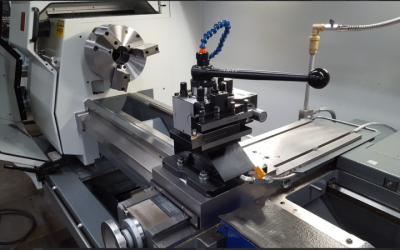In any manufacturing and fabrication, parts and components may need to be cleaned before the next process occurs as well as before or after final assembly. This is particularly important with medical devices, electronic components or for metal or plastic parts that are used in any component where contaminants and surface materials may create problems for brazing, soldering or other processes.
To get parts cleaned to the degree required, particularly if they are complex shapes or if there are multiple components to the design, ultrasonic cleaning is one of the fastest and most effective options. Companies offering ultrasonic cleaning services often complete additional services such as machining, brazing, soldering and prototyping and manufacturing, allowing you to streamline the logistics and work with one service provider.
How it Works
While there are variations, all ultrasonic cleaning services use the same basic method of cleaning parts. Using high-frequency sound waves passed through a specific type of cleaning solution, small bubbles are formed in the liquid.
These bubbles are just microns in size, with a smaller starting size being optimal for effective cleaning. The bubbles will grow based on the high-frequency created by a specialized external device known as a transducer. When the bubbles reach a specific size that is determined by the frequency, they implode, creating incredible pressure that cleans the surface without harsh abrasives. As the bubbles are so small, they do not change the shape of the surface of the part, but they will penetrate all cavities and surfaces.
The specific cleaning solution, as well as the frequency, is essential for effective cleaning. Top ultrasonic cleaning services can remove organic and inorganic materials from the interior and exterior surfaces of equipment, parts, and components in just minutes, which makes it a cost and time-effective option.
